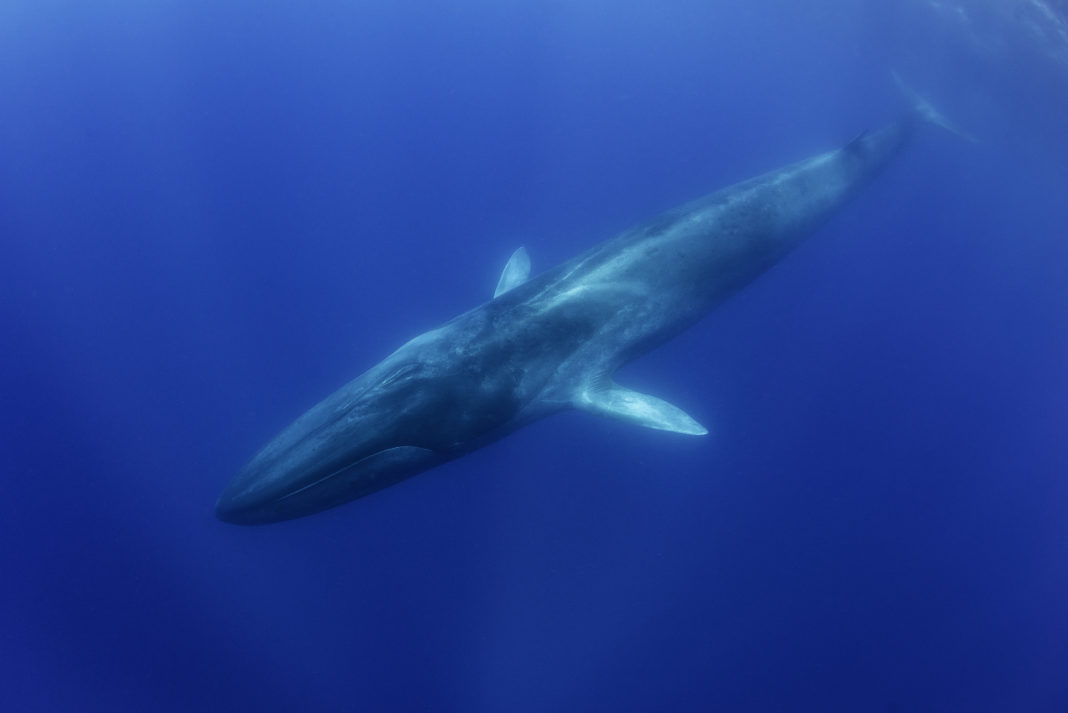By Sam Helmy

Scientists have released the finding of satellite tracking data of two Antarctic blue whales.
The creatures are the only two to ever have satellite tracking tags attached. The feat was achieved by Dr. Virginia Andrews-Goff back in 2013 and, to this day, is the only case of tags being attached to these majestic creatures.
The data shows that these creatures are capable of covering great distances at great speeds. The animals seem to have a traveling speed of around 4.2km per hour/~2.6 miles per hour and a foraging/feeding speed of around 2.5kph/~1.55mph.
The data also showed that the animals covered incredible distances, with them coving 1390km/~864mi in 13 days and a massive 5550km/~3449mi in 74 days. This ability makes them even harder to protect since they are difficult to find and can circumnavigate Antarctica in one feeding season.
According to Dr. Andrews-Goff:
“This is a unique data set that was incredibly challenging to get, and, unfortunately, for 10 years no-one has been able to generate more data. We know very little about the movement and distribution of Antarctic blue whales, where they migrate, where they forage and breed, and we don’t understand the threats they might face as they recover from whaling.”
While discussing the enormous distances covered by the animals, Dr. Andrews-Goff added:
“The two whales did entirely different things, but what became obvious is that these animals can travel really quickly. If you consider how far and fast these animals moved, protecting the broader population against potential threats will be tricky because they could potentially circumnavigate Antarctica within a single feeding season. It looks like the whales might hang around in one area to feed and then move quickly to another area and hang around there for another feed. There may be certain areas that are better feeding grounds than others. From a management perspective, it would be good to understand what is it that makes these areas important?”
You can find the original research here.
No comments:
Post a Comment